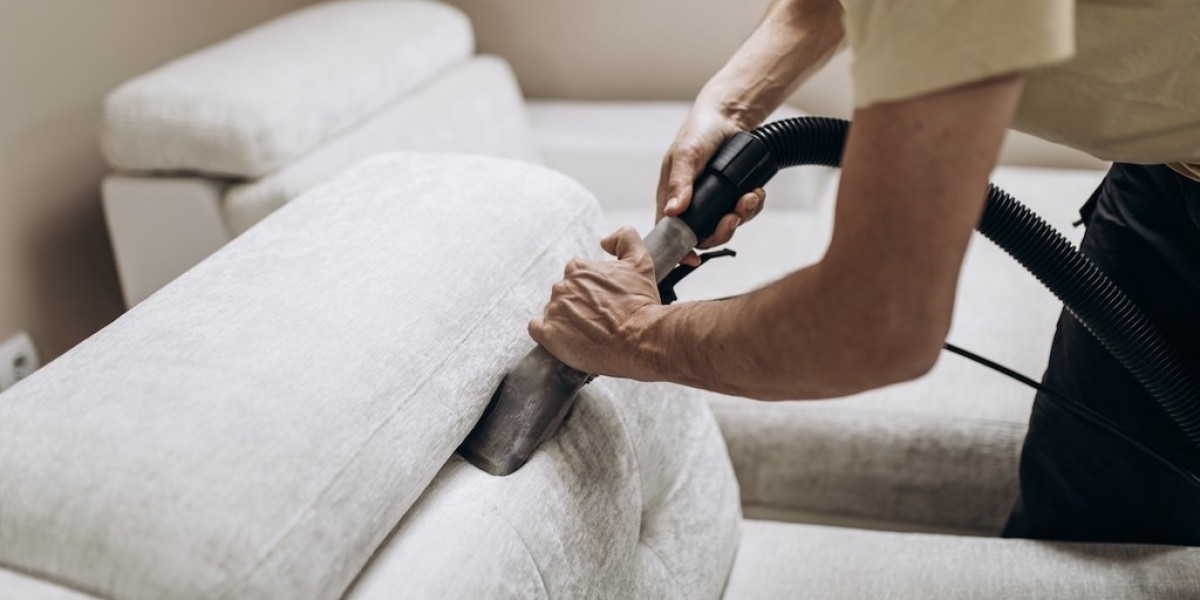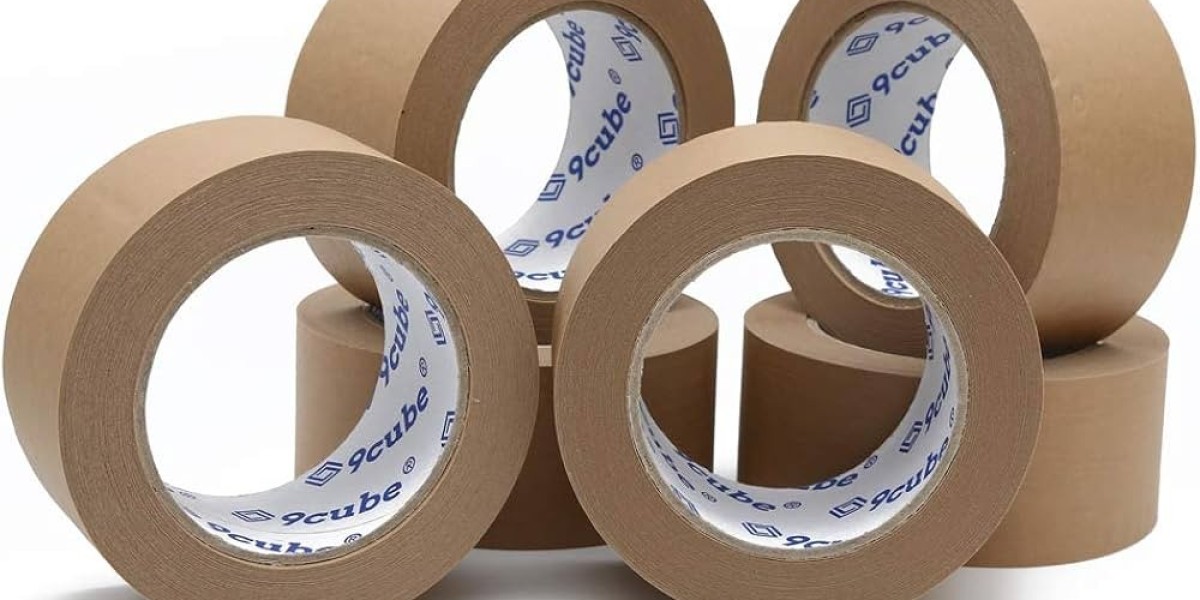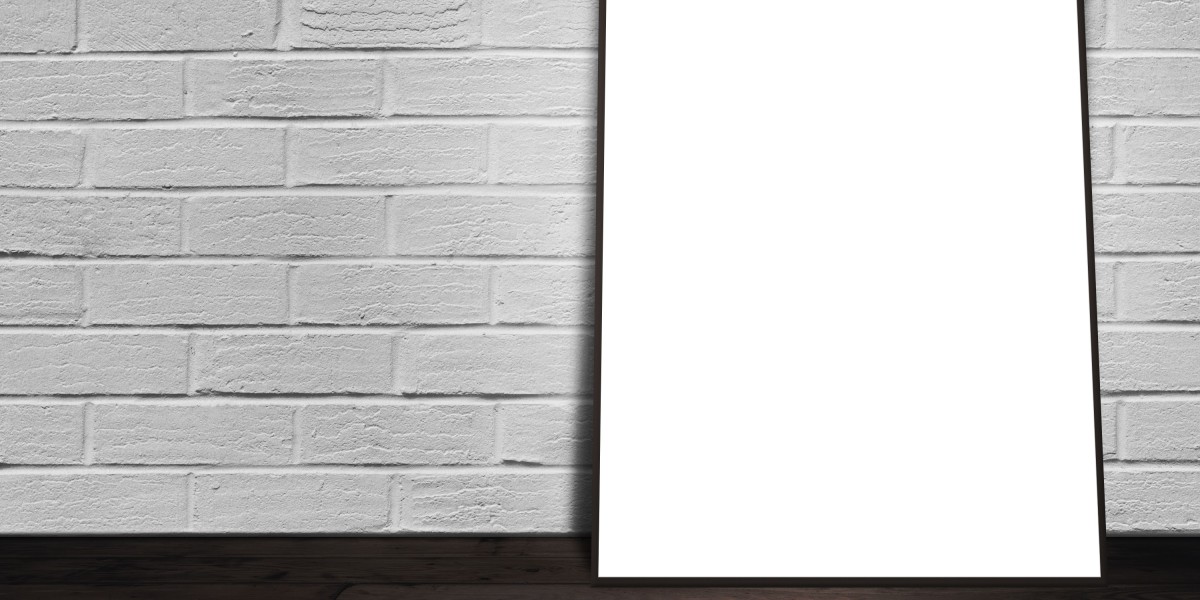You settle into your favorite armchair after a long day, perhaps looking out at the North Shore mountains from your Burnaby window. It's your spot for relaxation, for reading, for watching TV. But have you ever considered what's happening each time you sit down? That comforting piece of furniture isn't just a place to rest—it's also a silent filter for your home's air, capturing invisible particles with every passing day. While you focus on the visible crumbs or the occasional spill, a more significant issue may be developing right beneath you, one that directly impacts the air your family breathes.
In a city like Burnaby, with its mix of urban environment and lush green spaces, our homes are constantly gathering airborne particles from both indoors and out. Your upholstery—sofas, armchairs, dining chairs—acts like a sponge, absorbing not just spills but also dust, dander, and microscopic pollutants. Regular vacuuming helps, but it only scratches the surface of what's embedded deep within the fibers. This is where professional Upholstery cleaning becomes more than just a cosmetic service; it transforms into an important investment in your home's environmental health.
The Unseen Problem: Your Furniture as a Pollutant Reservoir
The connection between your furniture and your air quality isn't always obvious. To understand why cleaning matters, we need to look at what's accumulating in your upholstery over time.
The Daily Accumulation Cycle: Every time you enter your home, you bring in microscopic particles from outside—exhaust fumes from Kingsway traffic, pollen from Central Park, and fine dust from urban construction. These particles settle onto surfaces, and your soft, porous furniture fabrics are particularly effective at trapping them. When you sit down or children play on the couch, you're not just compressing the cushions; you're sending a plume of these particles back into the air where they can be inhaled.
The Allergy and Asthma Triggers: For many households, the primary concern is biological pollutants. Dust mites, microscopic creatures that thrive in warm, fabric environments, are a common trigger for allergies and asthma. Their waste products become airborne when furniture is used. Similarly, pet dander—those tiny flakes of skin shed by cats and dogs—clings to upholstery and can remain airborne for hours, causing reactions for sensitive individuals.
The Odor and VOC Factor: Over time, upholstery absorbs more than just particles. It takes in volatile organic compounds (VOCs) from household cleaning products, cooking fumes, and even outdoor air pollution. These compounds can off-gas back into your home's atmosphere, contributing to that "stale" smell in rooms and potentially causing headaches or respiratory irritation, especially in tightly-sealed homes during Burnaby's rainy season.
The Moisture Problem: In our damp coastal climate, moisture from humid air or accidental spills that weren't completely dried can lead to mold and mildew growth deep within furniture padding. These microorganisms release spores into the air, which can circulate through your HVAC system and affect the entire home's air quality.
The Professional Solution: Deep Extraction and Sanitization
So how do we address these invisible contaminants? Store-bought sprays and surface cleaning won't reach the deeply embedded pollutants. Professional Upholstery cleaning Burnaby BC services use a multi-step process specifically designed to extract what vacuuming leaves behind.
The Science of Deep Cleaning
Professional cleaners don't just clean the surface; they target the root of the contamination:
Inspection and Fiber Identification: The process begins with assessing the fabric type and identifying the specific cleaning challenges. Different materials—from delicate silks to sturdy microfibers—require different cleaning methods and solutions.
Powerful Pre-Vacuuming: Before any moisture is applied, technicians use commercial-grade HEPA-filtered vacuums to remove dry, loose soil and allergens from deep within the fibers. This step prevents surface dirt from turning into mud during the cleaning process.
Deep Extraction Cleaning: This is the core of the process. Using specialized equipment, technicians inject controlled amounts of cleaning solution deep into the upholstery fibers. The solution breaks down the bonds holding dirt, oils, and allergens to the fabric. Then, powerful extraction immediately removes the solution along with the dissolved contaminants. This method reaches far deeper than any home cleaning method can.
Sanitization and Deodorization: Many professional services offer eco-friendly sanitizing treatments that eliminate bacteria, dust mites, and mold spores without leaving harmful chemical residues. These treatments break down odor-causing compounds at the molecular level, rather than just masking them with perfumes.
Rapid Drying: Professional equipment extracts so much moisture that drying times are significantly reduced compared to DIY methods. Quick drying is crucial because it prevents the growth of new mold and mildew that can occur when furniture remains damp for too long.
The Tangible Benefits: Breathing Easier in a Cleaner Home
The investment in professional upholstery cleaning pays dividends in several important areas that affect your daily life and long-term health.
A Significant Reduction in Airborne Allergens
This is the most immediate benefit for many households. The deep extraction process removes an estimated 98% of common household allergens from upholstery, including dust mites, pet dander, and pollen. For family members with allergies or asthma, this can mean fewer symptoms, less reliance on medication, and better sleep. When your furniture stops being a reservoir for allergens, your entire home becomes a more comfortable environment.
Elimination of Odors and Chemical Irritants
That vague "old furniture" smell isn't just in your imagination—it's the result of years of absorbed odors and off-gassing compounds. Professional cleaning doesn't just cover up these smells; it removes the source particles themselves. This means your living space smells fresher and contains fewer potential respiratory irritants. The difference is often noticeable immediately after cleaning and continues as the furniture remains free of odor-trapping contaminants.
A Healthier Environment for Children and Pets
Children and pets spend more time in close contact with furniture than most adults. They're also more vulnerable to the effects of poor indoor air quality. By removing harmful bacteria, mold spores, and chemical residues from your upholstery, you're creating a safer play and rest area for your most vulnerable family members. This is particularly valuable in Burnaby's climate, where closed windows during rainy seasons can lead to concentrated indoor pollutants.
Preservation of Your Furniture Investment
While the air quality benefits are paramount, the cleaning process also extends the life of your furniture. Ground-in dirt and debris act like sandpaper, gradually cutting and weakening fabric fibers. By removing these abrasive particles, professional cleaning helps maintain the fabric's integrity, keeping your furniture looking better and lasting longer. This protects your financial investment while simultaneously protecting your family's health.
Enhanced Overall Comfort and Well-being
There's a psychological component to breathing clean air in a fresh-smelling home. The knowledge that your living environment is truly clean contributes to a general sense of well-being and comfort. You can truly relax in your favorite chair, knowing it's not secretly contributing to your allergies or exposing your family to unnecessary pollutants.
Maintaining Cleaner Air Between Professional Cleanings
To extend the benefits of professional cleaning:
Vacuum upholstery weekly with an upholstery attachment
Address spills immediately with blotting (not rubbing)
Use washable throws on frequently used furniture
Consider implementing a no-shoes policy in the house
Maintain good overall ventilation in your home
The connection between clean upholstery and clean air is undeniable. Your furniture serves as both a collector and a distributor of the particles you breathe every day. By investing in professional upholstery cleaning, you're not just refreshing the appearance of your furniture—you're taking a proactive step toward creating a healthier indoor environment for everyone in your Burnaby home. In our modern lives, where we spend up to 90% of our time indoors, that's an investment that literally helps everyone breathe easier.








